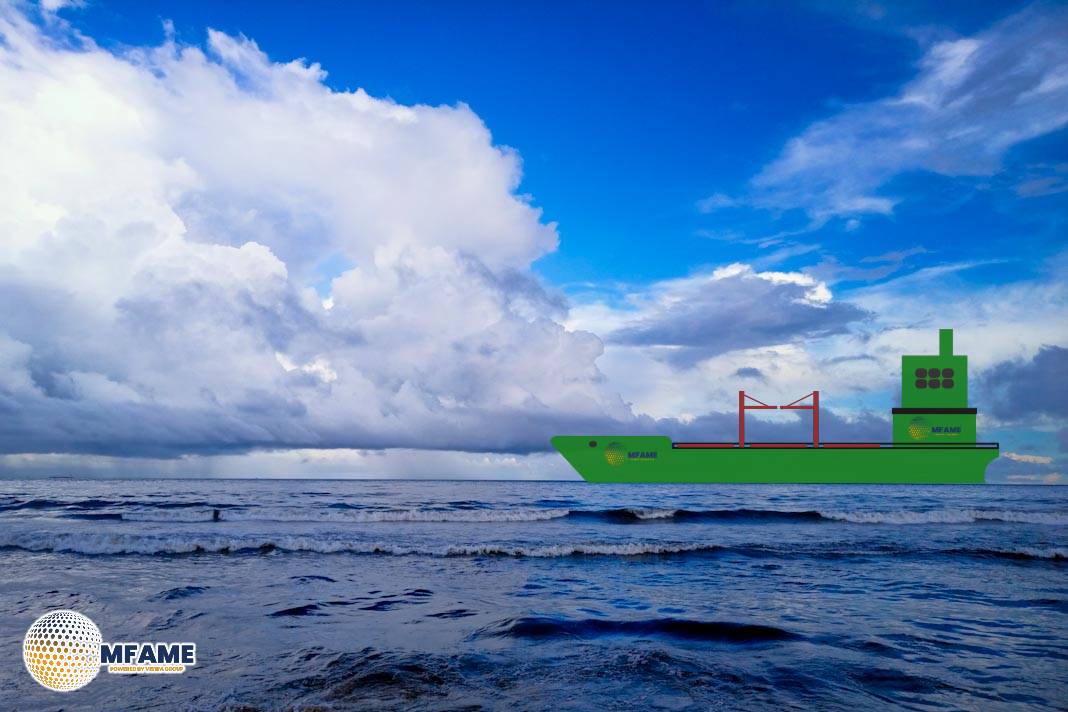A large cargo vessel traveling the Northwest Passage has been grounded in the Franklin Strait of Nunavut since early September, prompting a complex, multi-stage salvage operation as the Arctic shipping window closes.
Incident Summary and Status
A cargo vessel, owned by a Dutch firm, ran aground after hitting a shoal off the coast of the Boothia Peninsula while en route from China to Quebec. The vessel remains in a stable condition. Officials confirm there are no reported injuries among the crew and, critically, no pollution has resulted from the incident, with the fuel tanks and cargo holds remaining intact. However, the grounding did rupture multiple empty ballast tanks, which are now filled with seawater.
The Approved Salvage Plan
A multi-stage salvage plan, submitted by the vessel’s owner and experts, has been approved by the Canadian Coast Guard and Transport Canada.
The operation includes:
- Lightering the Cargo: Approximately 4,000 tons of cargo have been transferred to other ships to reduce the vessel’s draft and weight in preparation for a refloating attempt. Resources are on site to remove additional cargo if the initial attempt is unsuccessful.
- Refloating Effort: With the recent arrival of an icebreaker and specialized equipment, the next stage is scheduled to take place this week. The plan is to refloat the vessel by carefully reducing the amount of ballast water in the damaged tanks.
- Post-Refloating: Once free, the vessel will undergo an inspection before heading to a yet-to-be-confirmed port of refuge for repairs. While the goal is for the vessel to sail under its own power, the accompanying icebreaker is available to provide escort, towing, or icebreaking assistance as needed.
Arctic Challenges and Contingency Plans
The refloating timeline is heavily reliant on favorable weather and sea ice conditions. Shipping in the Northwest Passage is typically only feasible through mid-October. Weather forecasts for the grounding site show potential for strong winds and flurries, as it is currently “storm season” in Nunavut.
To address the rapidly approaching Arctic winter, the vessel owner has contingency plans in place, including removing more cargo for a second refloating attempt if necessary. The vessel itself is ice-classed, meaning it is capable of navigating difficult ice conditions, with additional support available from the attending icebreaker.
Did you subscribe to our daily Newsletter?
It’s Free Click here to Subscribe!
Source: Cabin Radio


























